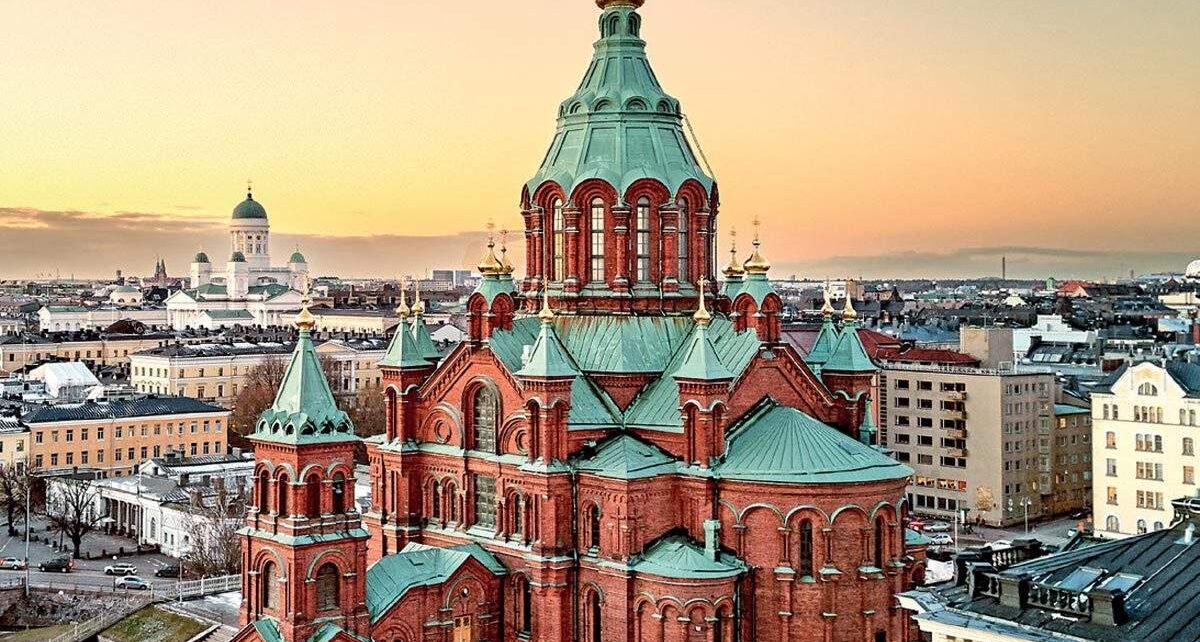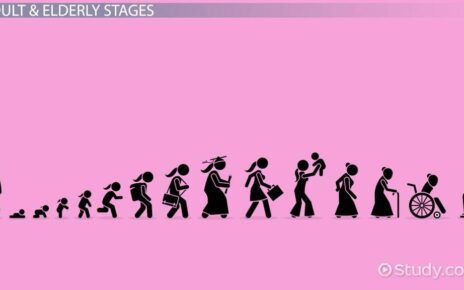Repeatedly dubbed the happiest nation on the planet with world-beating living standards, Finland has been experiencing an acute workforce shortage amid an ageing population.
With 39.2 over-65s per 100 working-age people, it is second only to Japan in the extent of its ageing population, according to the UN, which forecasts that by 2030 the “old age dependency ratio” will rise to 47.5.
The government has warned that the nation of 5.5 million needs to practically double immigration levels to 20,000-30,000 a year to maintain public services and plug a looming pensions deficit.
Workers are needed “to help cover the cost of the greying generation”. According to the international migration outlook 2020, migrants from Russia, Iraq and Estonia comprised the bulk of migrants.
In March last year, Finland had created a new permit and nationality unit to boost migration even as it had closed its borders due to the coronavirus pandemic allowing only returning Finnish citizens.
In 2009, 17% of the population was aged over 65 which was one the highest in the world.
In the World Happiness Report, 2020, Helsinki was the top global city ahead of Aarhus in Denmark, Wellington in New Zealand and Zurich in Switzerland. The ranking was counted on the basis of how positively inhabitants in the city currently evaluated their lives on average.
The country has consistently topped the charts in quality of life and freedom, however, reports say the country needs to double its immigration to maintain public services registering huge skills shortage in various sectors.
According to a report, in 2018 the annual population growth rate was 0.35 per cent.
Finland might seem like an attractive destination on paper, scoring high in international comparisons for quality of life, freedom and gender equality, with little corruption, crime and pollution.
But anti-immigrant sentiment and a reluctance to employ outsiders are also widespread in Western Europe’s most homogenous society, and the opposition far-right Finns Party regularly draws substantial support during elections.
Several factors including hostile weather, language barrier has kept migrants away from the country.
Although Europe as a whole has experienced a skills shortage and declining population, Chancellor Merkel in Germany allowed immigrants in 2015 despite heavy criticism from several quarters.
Germany in recent years has shown high growth and employment in the last 6 years despite the COVID-19 crisis, an example Finland could emulate from its powerful neighbour.




